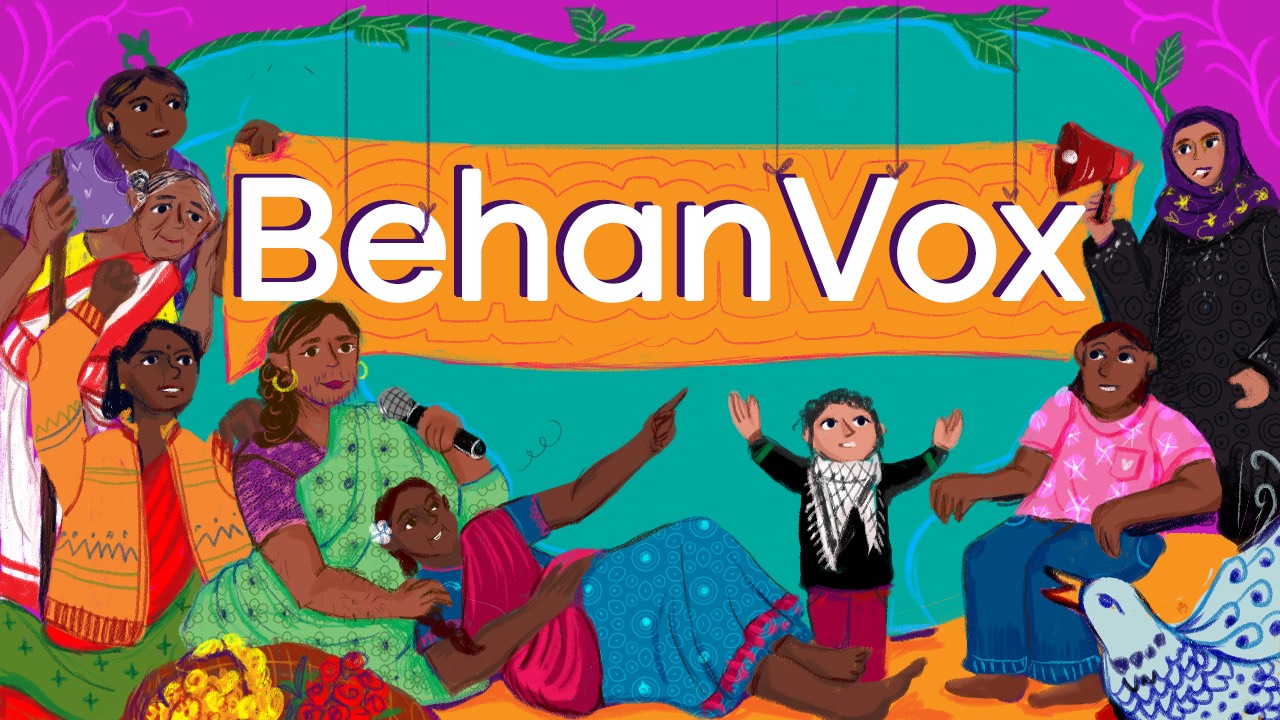Anyone who grew up in the decades before the digital revolution, will recall the excitement of the latest issue of a beloved magazine slithering in from under the door. The fresh feel of gloss, the bright covers, the anticipation of the joys waiting within, squabbling with siblings for first access. In the mix usually was one women’s magazine – Women’s Era, Femina, Eve’s Weekly in English; Sarita, Grihashobha or Sushma in Hindi, Vanitha or Kumkumam in Malayalam, Sananda if you were a Bengali household.
The women’s journals were usually sniffed at: for they carried ‘family’ stories, recipes, fashion, knitting patterns, some gharelu advice and so on. No one really bothered with taking a closer look at the content, to analyse what they stood for or said of the times they represented, how women consumed it or if they were actually as cliched as they were thought to be.
Today, now that we are buried under digital detritus of every kind, it is a great idea to look back more objectively at these magazines and analyse what they meant for women’s reading and writing in those decades. Everyday Reading: Middlebrow Magazines and Book Publishing in Post-Independence India by scholar Aakriti Mandhwani does precisely this.
In an interview with Saumya Kalia this week, she speaks about how women’s identity as readers was constructed through a mix of gender norms, nationalistic currents and the economics of publishing.
The book also looked at how women from different socio-economic and religious backgrounds moved through their universes.
What was the reading and production culture of post-Independence India? How were women positioned as readers of romance? What was their worldview as creators of literature? What did it mean to read for oneself? For pleasure?
“Historically so much of women’s reading has been rooted in surreptitious and collective reading practices, or just in the language of ‘service’ or ‘duty’. What I found remarkable was the sheer volume of exchanges [through reader letters] taking place in these magazines – among readers, writers, editors, so many of them women. They really did not hold back on their opinions. These women not only liked or disliked stories, they argued factual discrepancies in them, they told off other readers and writers if they didn’t agree with their opinions, they didn’t even spare the editor,” Aakriti says in the interview.
There are other riveting nuggets she discovers – the fact that there were occasional streaks of rebellion in women’s magazines. In one article, the writer questions the point of wearing sindoor in the parting, in another women are told not to bend their head before their elders in supplication. Which does not take away from the pages of advice on how to be a perfect mother, wife and bahu either. But it does question the narrative that the magazines were universally preaching the virtues of patriarchy.
Read the interview here.






